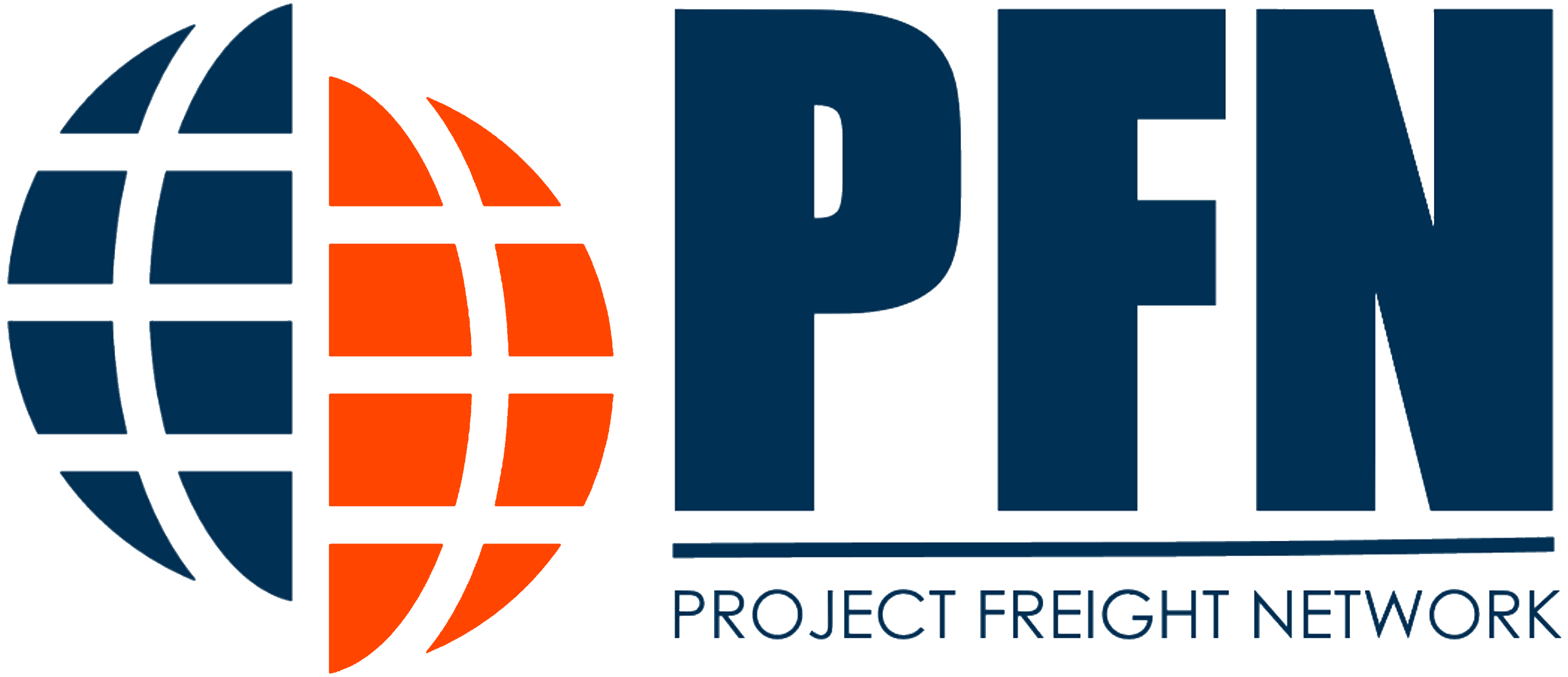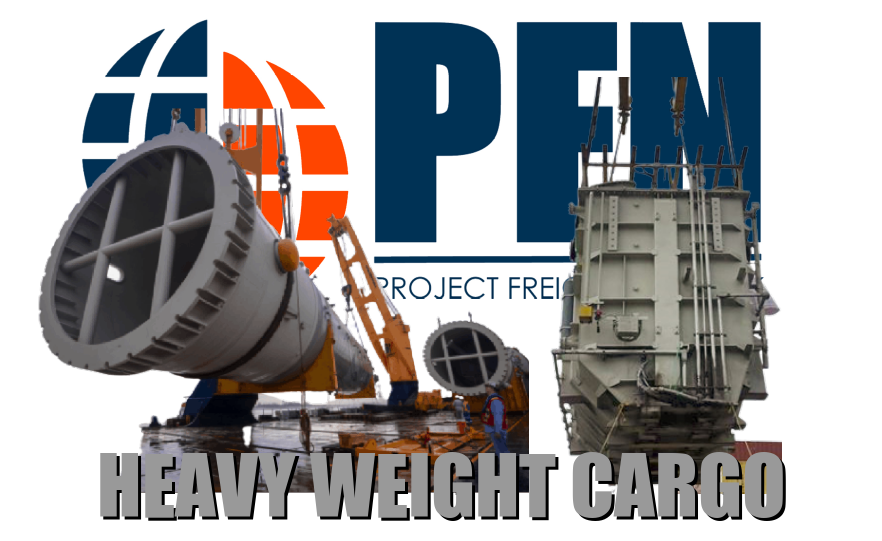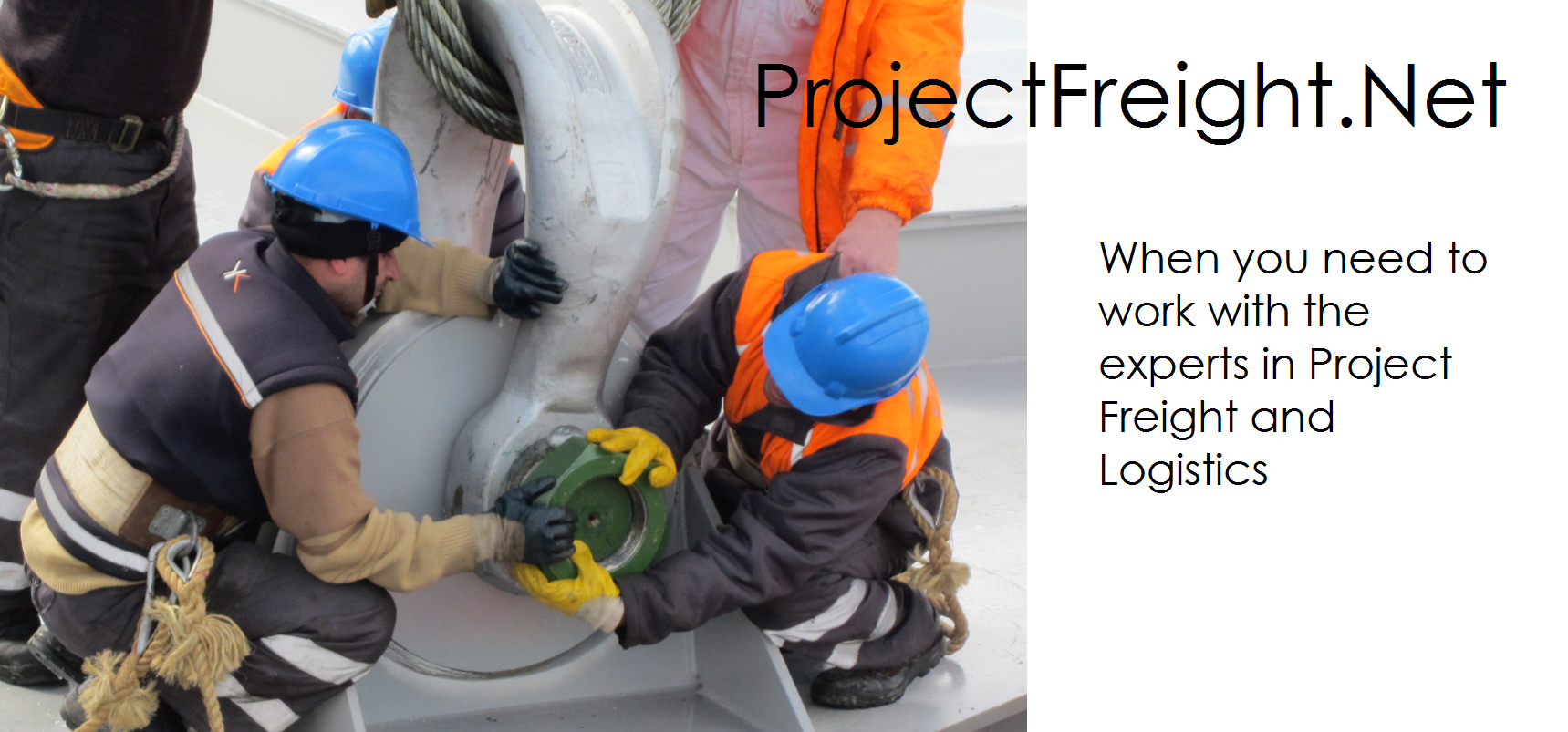Handling heavy and indivisible loads requires specialized techniques and equipment due to their size and weight. These loads, which include components for offshore industries, onshore construction projects, and power stations, have been progressively increasing in weight and density. While dedicated terminals can efficiently handle containers weighing 20-30 tonnes, ports lacking specialized gear must treat them as heavy lifts.
Heavy lifts are classified into four groups for lift-on/lift-off operations based on their weight:
a) Under 200 tonnes
b) 200-499 tonnes
c) 500-1,600 tonnes
d) Over 1,600 tonnes
Vessels capable of handling group (a) heavy lifts include multi-purpose container feeder vessels and some traditional liner vessels. Group (b) heavy lifts can be handled by a limited number of vessels with restricted outreach. Group (c) heavy lifts necessitate specialized heavy lift carriers, while lifts exceeding 2,000 tonnes are typically managed by roll-on/roll-off specialist vessels or semi-submersibles.
When planning the transport of a heavy load, crucial information includes its weight, size, construction, required support points, maximum permissible load per support point, lifting attachment points, securing points, movement restrictions, additional lifting equipment, center of gravity position, and proper markings indicating weight, center of gravity, and slinging points.
Shippers generally require diagrams illustrating lifting stresses, lashing arrangements, and securing details. These diagrams must be approved by engineers and warranty surveyors before lifting operations commence. Lashing and securing drawings should incorporate calculations displaying the anticipated maximum forces the cargo will encounter during transit.
During heavy lift operations, it is essential to ensure the vessel is adequately prepared. This involves supporting the mast or Sampson post with multiple stays, arranging the rigging and stays according to ship plans, and adjusting the vessel’s trim to an upright position using ballast. All crew members should be on deck, and non-essential shore personnel should be relocated for safety purposes.
The lifting gear, including derricks, cranes, and hoisting machines, must undergo testing with a proof load that exceeds the safe working load. The gear should be suitable for the load, including any additional weight from lifting tackle. When utilizing container cranes for uncontainerized heavy lifts, special hooks or spreaders may be necessary. Shore gantry cranes should possess appropriate capacity and leg distance to handle the load.
Proper selection and utilization of tackle, such as slings, are crucial. Slings should be made of suitable wire or chain with adequate safe working load and length. The slings should be connected to the derrick block with eyes on the bow of the shackle. Spreader beams may be required to prevent damage to the load or excessive bending moments. The weight of additional tackle must be included in the lifting gear calculations.
During vertical and horizontal movements, winch driving should be conducted carefully to avoid undue strain on the gear. When lifting or lowering into the hold, weight should be gradually taken up or lowered down. Traversing in or out of the hold necessitates maintaining the vessel as close to an upright position as possible. When lifting or lowering to the wharf, power alone should not be utilized to take up or remove the weight. The vessel should be ballasted or de-ballasted accordingly. Calm conditions are essential when transferring a heavy lift by water to minimize stress on the equipment.
Stowing heavy lifts requires selecting a position capable of supporting the weight and minimizing g-forces. The load should not impose heavy point loading on the deck or tank top plating. Bearers should be utilized to spread the load, typically laid fore and aft or diagonally. Heavy lifts should be stowed in the hatch square of a general cargo ship, and appropriate markings indicating weight, center of gravity, and lifting points should be clearly visible. Consolidating heavy items into a specific area can optimize the vessel’s stability and minimize the impact on other cargo.
When handling oversized loads, it is crucial to consider the overall dimensions and weight distribution. The load must be properly secured to prevent shifting during transit, and suitable blocking and bracing methods should be employed to maintain stability. Additional measures may include using lashing equipment, such as chains, wire ropes, or synthetic straps, to secure the load to fixed points on the vessel.
In the event of adverse weather conditions or rough seas, extra precautions must be taken to ensure the safety of the heavy lift and the vessel. It is essential to monitor weather forecasts and, if necessary, postpone or adjust the lifting operations accordingly. The captain and crew should remain vigilant during the entire process and be prepared to take immediate action in case of any unforeseen circumstances.
Throughout the entire operation, communication and coordination between all parties involved, including the shipper, port authorities, engineers, and vessel crew, are paramount. Clear instructions and documentation must be provided to ensure a smooth and efficient handling of the heavy and oversized loads.
In conclusion, the transportation and handling of heavy and oversized loads require careful planning, specialized equipment, and strict adherence to safety protocols. By following these guidelines and working together with all stakeholders, the successful execution of these challenging operations can be ensured, minimizing risks and ensuring the smooth flow of goods.





